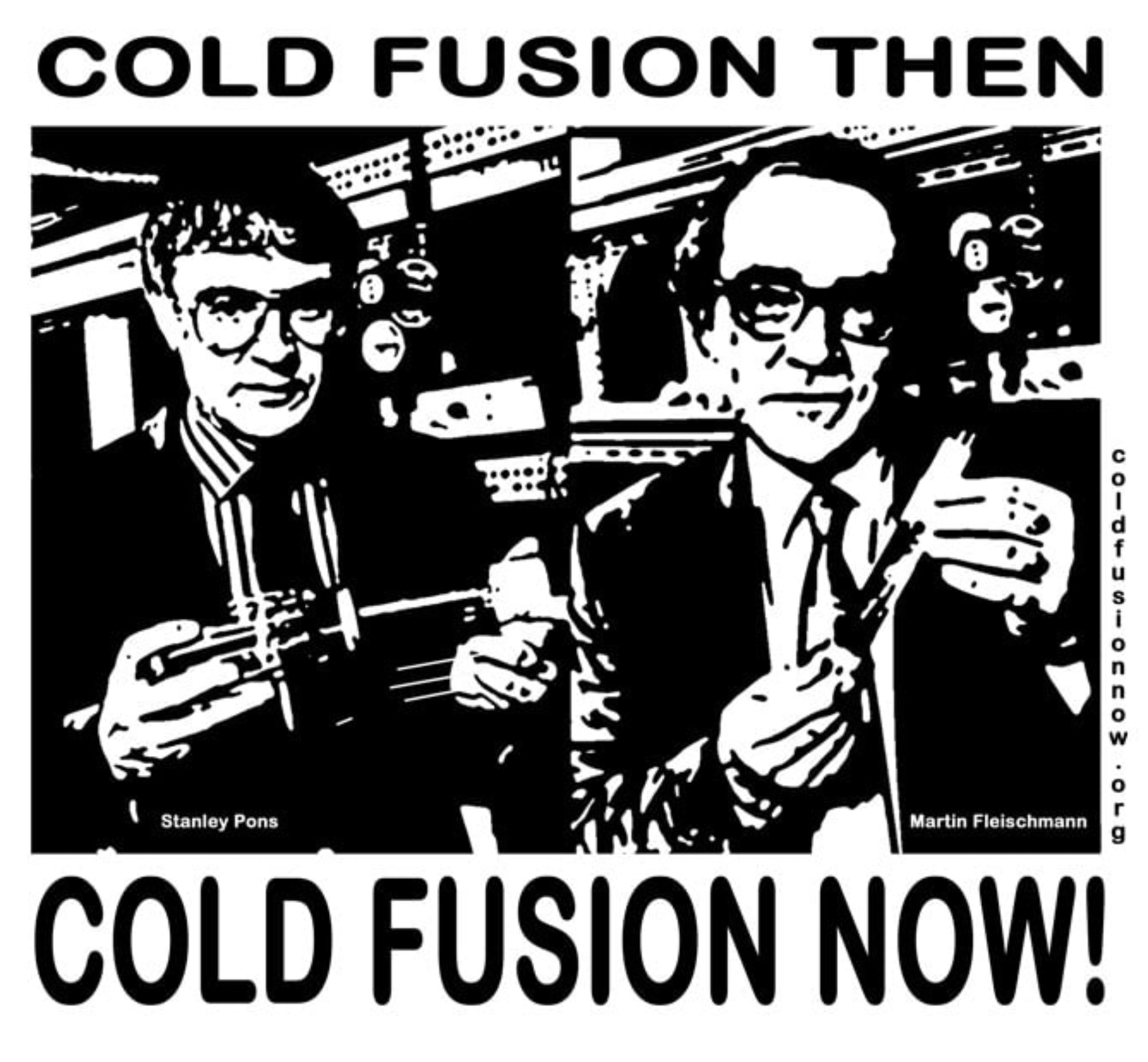Yours truly spent the last couple of weeks traveling across the United States from the Left Coast to South Florida spreading the Cold Fusion gospel. Here’s a few highlights of the tour.
I first spent a couple nights with my friends in Las Vegas, Nevada. It was great to see my old bandmate and drummer Michael Petta, and we drove to Bigelow Aerospace, the makers of inflatable “rooms” designed for orbit. I asked to see Mr. Bigelow so I could talk to him about the opportunities in cold fusion for space applications, but not surprisingly, he was unavailable. I did write him a short note with some Cold Fusion Now stickers and left it with the security agent who agreed to drop it in the mail for him. This is a picture of a model of one of their “rooms” that is located in the Bigelow Aerospace lobby. It’s amazing that these “spaces” are designed to be inflated in orbit.
Despite Las Vegas being one giant strip mall where the scourge of foreclosure is quite apparent, there are several fabulous used book stores with unique and rare collections. If you are a bibliophile like me, then taking a trip to Las Vegas is worthwhile just for the bookstores. I would have spent all my money had I stayed longer, but luckily, I was on my way north to the University of Utah in Salt Lake City, Utah to drop Cold Fusion Now stickers off at the Chemistry Department.
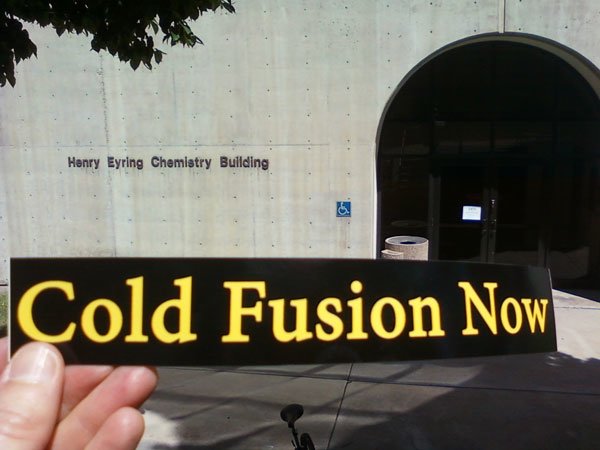
The long hot drive finally took me to the Chemistry building and I walked around to find the mailboxes in which I would give each professor a CFN sticker. But the mailboxes were locked. Being early August, the school was pretty empty, and the lone Chemistry Office Person said she would put the stickers in the boxes for me.
I asked her if she knew what cold fusion was, and she replied “I know it was a big fiasco years ago.” I said to her, “Did you know that cold fusion was real, and they are close to releasing a first commercial device?” And she repeated, “I know it was a big fiasco years ago.”
It was clear that she wasn’t interested in chatting, or hearing about the latest developments, so I thanked her and moved on. I hope she really did put those stickers in the mailboxes.
I walked around the empty halls looking for an open door. I found a small office filled with students, and introduced myself. I told them I’m doing clean energy advocacy and I wanted to drop off a few stickers for them. I asked the students if they knew what cold fusion was, and a few nodded their heads, looking at me somewhat askance. I asked if they knew that cold fusion was real, and one young man nodded his head. Again though, it was clear that they weren’t interested in any more interaction, so I said good-by and left, listening to their laughter as I walked down the hall.
I found another open door, and popped my head in. “Hi, I’m doing clean energy advocacy and I’d like to give you a sticker.” He was a professor for sure, and as he turned towards me and took the sticker, he looked down at what it said. His face wrenched in irritation, and he reached to drop it in the trash can.
Immediately seeing the annoyance in his face, I reached towards the sticker to retrieve it from his hand, quickly saying “Oh, I’m sorry, I’ll take that out.”
“I’m too busy…I don’t have time for this”, he said, shaking his head and turning his back to me.
I thanked him for his time and left.
A little discouraged that this place of learning, this holy ground where Stanley Pons, Chairman of the Chemistry Department, and his partner Martin Fleischmann, one of the greatest electro-chemists that ever lived, made an immense discovery with huge ramifications for the whole of humanity’s future, was filled with such ignorance and negativity, I tried a different hallway.
Seeing another open door, I took a breath and walked in. With my friendliest smile, I started: “Hi, I’m doing clean energy advocacy and I wanted to drop off a sticker for you.”
The young man, a graduate student, or perhaps a young professor, looked at the sticker with slight bemusement. At last, I thought hopefully, a friend. I asked him if he knew what cold fusion was. “I’m familiar with the issues”, he said. I asked, “Do you know that cold fusion is real?” He repeated, “I’m familiar with both sides of the issue.” Again, I could feel that he wasn’t interested in chatting, so I asked him to check out the website and left.
I went to the University’s Marriott Library to peruse the archives on cold fusion.
The University of Utah has a beautiful library, with gorgeous art, a cafe, and an excellent rare book collection. I went up to the Special Collections and asked to see the archives on cold fusion. The library has “vertical stacks” located in situ and another group of materials in a warehouse. I asked to see the vertical stacks, and ordered the warehoused materials for the next day. This is a picture of reading room.
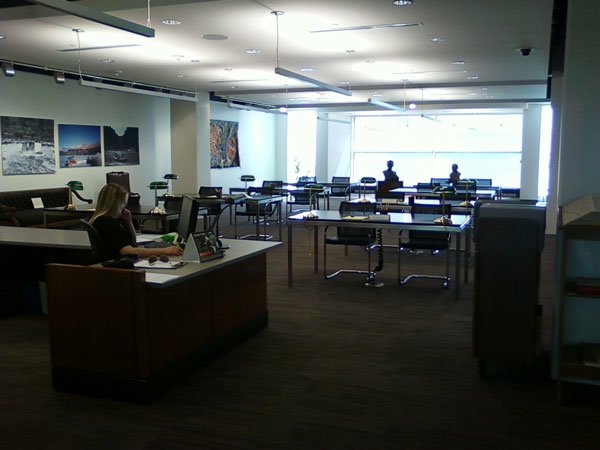
The vertical stacks consisted of four file boxes containing newspaper and magazine articles, memos from University officials, and some scientific papers. The newspaper articles, cut out by some unknown person, were yellowing and becoming brittle, but otherwise, it was easy to read the materials, loosely ordered by date.
Getting the whole history of the initial announcement in one fell swoop, I was struck by the quickness of the physics community in denouncing the effect, and the strong support the university gave to Drs. Fleischmann and Pons. The University had started the National Cold Fusion Institute, but it closed by 1991. It was sad to read about those who were forced to resign under criticism. One of the highlights was reading a piece by Sheila Pons, the wife of Stanley Pons, where she expressed dismay at the emotional outbursts and rancor towards her husband. More than one moment had me steaming in my chair at the ridiculous behavior of the so-called “objective” scientists.
There was alot of articles in those four boxes, and after a second day of sitting and reading, I had not yet finished looking at everything. The materials ordered from the warehouse had not arrived, I never found out why, and I cancelled them as I had to be on my way. I gave the Special Collections librarian a Cold Fusion Now sticker, thanking him for his help, and he said “Oh, we’ll put this in our archives.” Woah. I gave him one of each.
Curious as to what’s on their shelves in the book section? There was three shelves with cold fusion materials.
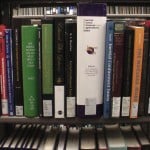


The library staff were kind and helpful, and more interested in hearing about recent developments than anywhere else on campus. It was clear that the chemistry department has done everything possible to erase all traces of this historic work from their campus.
But we know better.
It is only a matter of time before the University of Utah will once again embrace their history proudly, and statues will be erected of Drs. Pons and Fleischmann, a new research wing will open with a name like The We-Always-Knew-It-Was-Real Institute, and the two men who had the Courage of Lions will be revered as the heroes they are.
I had to take off to visit another friend, fellow Cold Fusion Now blogger John Francisco, in Colorado, with whom I converse on archaic Greek philosophy and coinage. He showed me his copy of a Gutenberg Bible. (Yes! Gutenberg later – circa 1400sAD) Really cool.
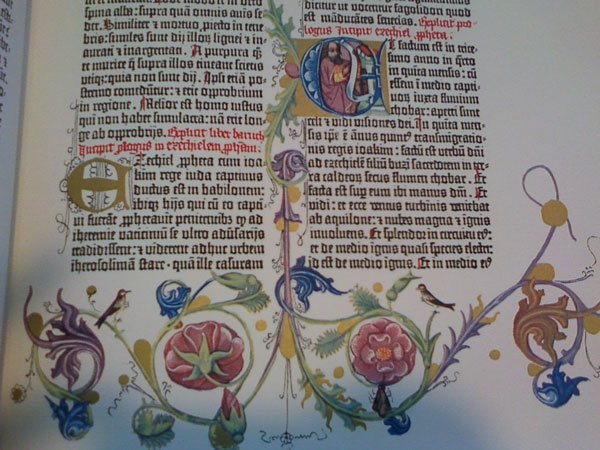
After a brief foray into 500BC, I headed south to Santa Fe, New Mexico, and dropped in on long-time researcher and Cold Fusion Now mentor Edmund Storms.
He and his wife Carol, herself an early cold fusion scientist at a national lab, now an artist and businesswoman, graciously extended their hospitality to me. They have a beautiful house that they built themselves in the hills above Santa Fe. After meeting their dozens of hummingbirds that live in the trees, I talked with Dr. Storms for several hours, most of it captured on video, as well as took part in a rousing dinner conversation about the effects of technology on society and the nature of humankind.
A quick tour of his lab revealed Dr. Storms’ research on excess heat is ongoing with a hydrogen and nickel system. He was simultaneously measuring gamma rays and the “clicks” of the background radiation was almost continuous, with no real discernible radiation from his test cell.
We’ll be editing the video in the coming weeks. Sadly, I neglected to take a few photos to quickly post; there was so much to think of. Suffice to say, science, art, and philosophy are all intersecting and moving forward within the Kiva Labs compound.
Luckily, my truck made it out of their steep mountain driveway and I headed further south for the new Spaceport America being built to host the first commercial sub-orbital space tourism flights for Virgin Galactic and their WhiteKnightTwo and SpaceShipTwo fleet. It was quite a ways outside of Truth or Consequences, New Mexico and when I got there, I was unable to get past the Security gate as they are still under construction. I asked the guard if Mr. Branson visited often, as I had hoped to slide him some Cold Fusion Now stickers for his private jet bumpers, but apparently he had only been there twice in the last two years. Oh well. I’ll get to Mr. Branson yet!
This is not my first attempt at trying to reach private space entrepreneurs. I have made several visits to Scaled Composites, the company Burt Rutan built to craft his SpaceShip designs. One time, I was able to get upclose with SpaceShipOne before it was sent to the Smithsonian, actually able to touch the surface, dinged as it was by re-entry. This is a picture of a SpaceShipOne reproduction housed at the Mojave Spaceport in Mojave, California that I took on my most recent visit.
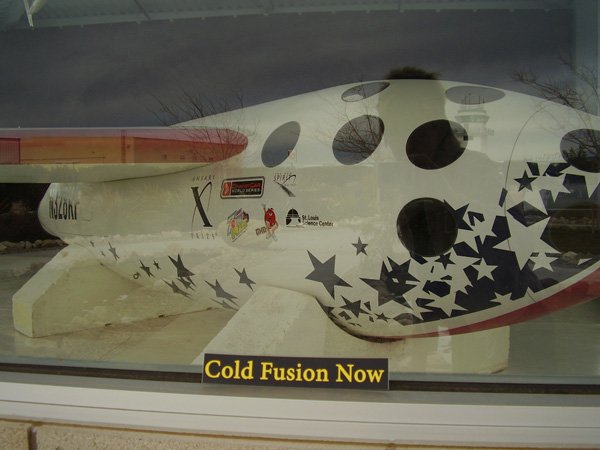
After the Spaceport, I hightailed it to Roswell, New Mexico to drop some CFN stickers off at the UFO Museum. The ladies at the desk were excited and happy to hear about this new source of energy.
When humans develop cold fusion rocket engines, we’ll be able to meet our future head-on in the far spaces of our solar system, and beyond. I took this photo of one of their displays just for fun. Too bad I didn’t use the Free Energy For All Mankind sticker….
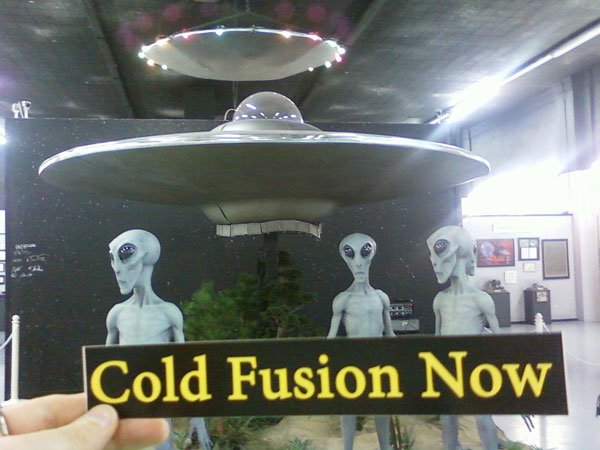
After Roswell, I just tried to make it through Texas, where there is a drought and it’s over 100 degrees Fahrenheit almost everyday. Wildlife is in trouble all over the southwest as humans drain every drop of water from the wilderness, and food supplies are short. The sides of the road were littered with carcasses. Very disturbing.
Driving my giant Ford F350 diesel truck with NO air-conditioning was a challenge, and everybody passes me as I only travel 55 miles per hour to save gas. I finally made it to Pensacola, Florida, one of my favorite places.
I pulled over on Highway 98 which hugs the coast along one of the most beautiful stretches of beaches in the US. I wanted to see if there were lingering effects of last year’s BP Oil Catastrophe apparent on the beach. I dug a small hole about a foot deep and didn’t see any oil. A few sample holes along the Florida Panhandle also yielded no apparent oil, and I was glad of that. However, Gulf wildlife are still recovering, oil continues to “leak” throughout the ocean floor, and residents are continuing the battle with BP.
We all need to stop our oil addiction (as I’m driving 4000 miles across the US) and that’s why we are so strong in our support of cold fusion science, for there is nothing else that will provide the kind of technological future with a clean footprint.
I finally made it to South Florida where Cold Fusion Now will operate our satellite facility through the end of the year.
I must take special note of an air conditioning repairman in the SoFlo parking lot with whom I struck up a conversation. As I asked him if he had heard about cold fusion, he said no, but it reminded him of the movie The Saint with Val Kilmer and Elisabeth Shue. I told him he was spot on, although it doesn’t light up the sky like in the movie.
All in all, relocation from Eureka, California to South Florida has been an adventure. Alot of conversations, alot of sticker drops. In a new sub-tropical location, the Humboldt fog and Redwoods are far behind, but the education and activism continues – until we have Cold Fusion Now!
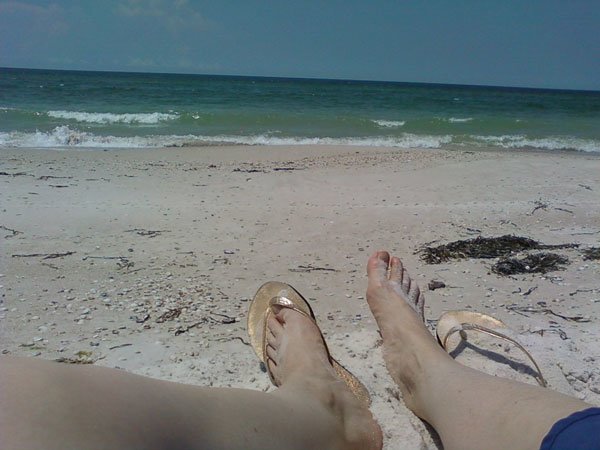
Related Links
Cold Fusion Now Cross-Country Tour 2012 Ruby Carat returns to the Left Coast
